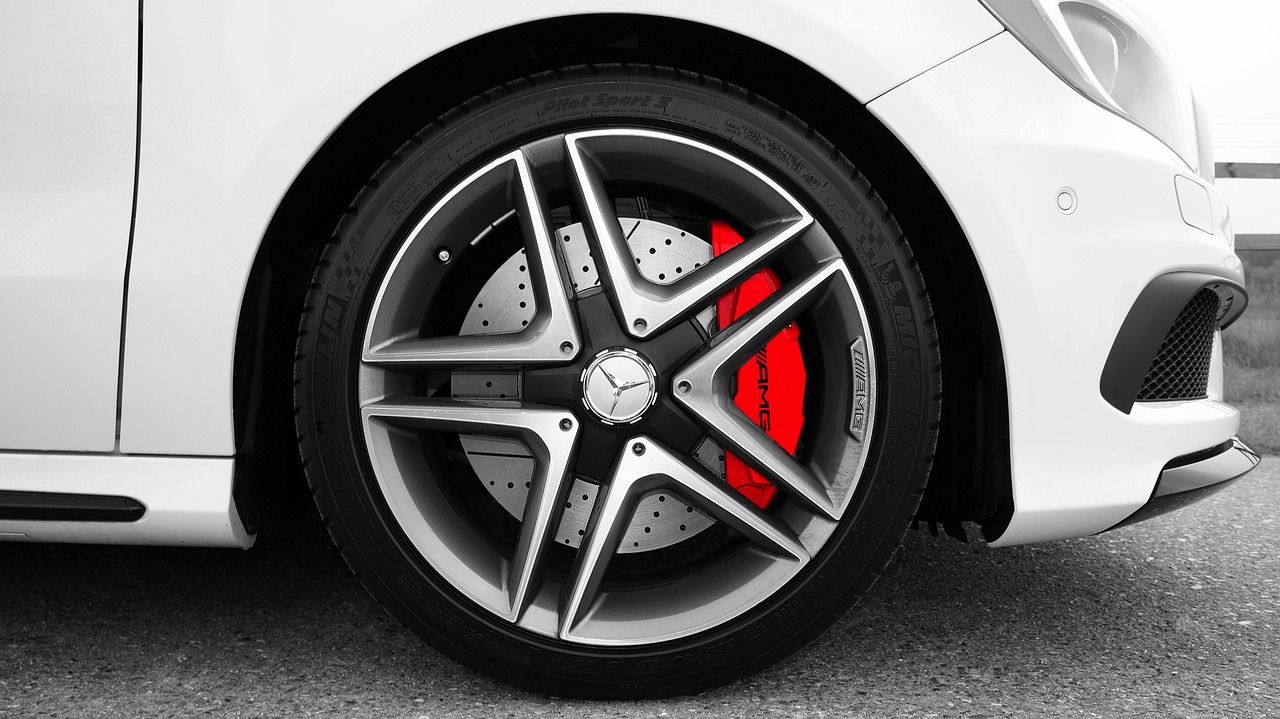The car tyres are the only element that keeps your vehicle in contact with the road and largely determine the safety behind the wheel. That is why it is important that you carry out periodic maintenance of them and that you adapt them to the weather conditions in which you are going to drive. It is the most effective way to guarantee a better adherence to the firm and therefore a safer driving.
Many of the risk situations on the road are caused by adverse weather conditions: snow, rain, ice. In each of them the tyres behave in a particular way and are more prone to suffer some kind of disappointment.
1. Summer tyres
The summer tyreis aflat-profile tyreand a proportion between drawing and surface less noticeable than in other types of tyres. In this way it offers greater contact with the road which is what interests in normal weather conditions: above 7ºC and on dry asphalt.
On the other hand, in wet soils, tyres with more abundant, deep and asymmetrical drawings are used because in this way the water is better absorbed, the tread adheres better to the firm and facilitates the expulsion of water to the sides of the vehicle.
When to use this tyre? dry soil and temperatures always above 7ºC. The drier the asphalt will be, it is recommended to choose a more rigid tyrein the drawing. For wet floors, better tyres with abundant drawings.
2. Winter tyres
When temperatures are below 7ºC, the manufacturing materials of a summer tyre tend to harden and lose grip. To avoid this, winter tyres are used, usually made of rubber and silica, more grooved and deep since in winter it is usually driven in heavy rain and even snow.
When to use this tyre? Low temperatures(without becoming extreme) with frequent and intense rains that cause the accumulation of water on the asphalt and decrease the braking efficiency of the vehicle.
3. Nordic tyres
In those regions where winters are especially hard, it is necessary to use tyres that give a good response in very cold situations:temperatures below -10ºCand prolonged periods of snow and frost.
When to use this tyre? Situations of zero adhesion and extremely dangerous driving as a result of thepresence of ice sheetson the ground or abundant snow in which the vehicle requires a special motor and adhesion.
Must Read: How Car Rental Is Economica
4.Mixed tyres
If the usual driving is not going to develop in any of the above scenarios but in a moderate climate throughout the year, it is common to use mixed tyres, also known as’ four-season tyres’.
They are a more economical solution and offer the same safety guarantees as the aforementioned tyres as long as there are no extreme changes in the climate in which they usually drive.
When to use this tyre? Inoptimal driving situations where there is no doubt about the effectiveness of the tyre’s adhesion to the asphalt (usually dry, point rain and moderate temperatures).


























